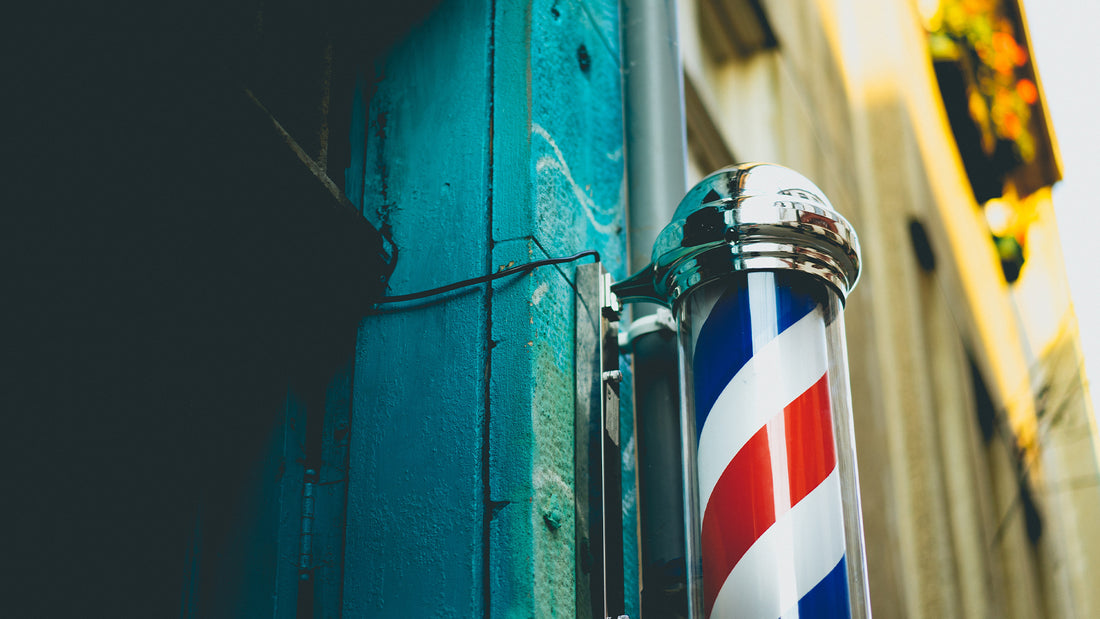With its red, white and blue strips, the traditional barber pole is a guiding light for those looking for a decent wet shave; haircut; or beard trim when strolling down the high street. But why have these colours become so symbolic?
The barber pole’s colours derive from medieval times when gents visited the barbers for all kinds of practices; not just a standard haircut or shave, but also for bloodletting and other medical procedures.
During the middle ages, bloodletting became a common treatment for a wide range of illnesses and diseases. The process involved cutting open a vein and allowing blood to drain from the body – nasty stuff!
In Europe, monks were often charged with caring for the sick. They performed the majority of the bloodletting procedures, while barbers offered their own unaided treatment thanks to their skills with sharp instruments
In 1163, Pope Alexander III prohibited clergymen from carrying out the procedure. Naturally, barbershops saw a surge in popularity as they became renowned for performing the minor surgery in what was then deemed a safe and somewhat clinical environment.
Alongside barbers, physicians were still performing bloodletting. However, it was a task they often found beneath them. Known as barber-surgeons, they also performed cringe-worthy tasks like pulling teeth, setting bones and treating wounds.
The barber pole takes a great amount of influence from bloodletting: the red representing the blood and the white representing the bandages used to stop the bleeding. The pole is thought to symbolise a stick that the patient squeezed to make their veins bulge, making it easier for the barber to identify a vein.
In Europe, barber poles are traditionally red and white. The American’s then introduced blue to the pole to highlight the nation’s patriotism.
In the mid-1500s, English barbers were banned from providing surgical procedures, although they were still allowed to extract teeth for many years to come. Surgeons and barbers remained part of the same trade guild right up until 1745.
